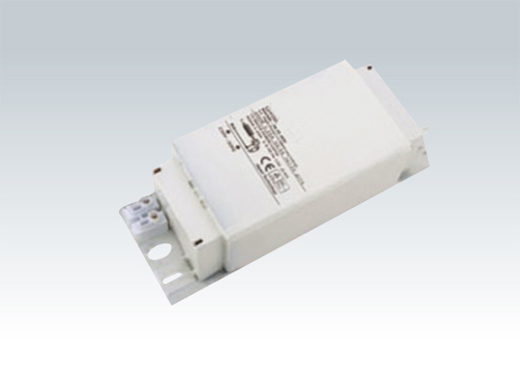Metal halide ballasts are required to start the lamp, regulate the lamp starting and lamp operating currents, and provide appropriate sustaining supply voltage. (See "What are warm-up and restrike times for metal halide lamps?")
Metal-halide lamps have high luminous efficacy of around 75 - 100 lumens per watt,which is about twice that of mercury vapor lights and 3 to 5 times that of incandescent lights, Lamp life is 6,000 to 15,000 hours.and produce an intense white light. As one of the most efficient sources of high CRI white light, metal halides are the fastest growing segment of the lighting industry.They are used for wide area overhead lighting of commercial, industrial, and public spaces, such as parking lots, sports arenas, factories, and retail stores, as well as residential security lighting and automotive headlamps (xenon headlights).
The lamps consist of a small fused quartz or ceramic arc tube which contains the gases and the arc, enclosed inside a larger glass bulb which has a coating to filter out the ultraviolet light produced.[1][3] They operate at a pressure between 4 to 20 atms, and require special fixtures to operate safely, as well as an electrical ballast. Metal atoms produce most of the light output.They require a warm-up period of several minutes to reach full light output.
Starting the lamp: In MH lamps, ballasts provide the starting voltage and ignition pulses (pulse-start lamps) necessary to ignite the lamp. Probe-start MH ballasts, however, can take as long as 10 to 20 minutes to restrike (re-start) a lamp. Pulse-start MH ballasts can restrike the lamp within 2 to 8 minutes of an interruption in current, because they provide high-voltage pulses to start these lamps.
Regulating lamp current and power: The ballast regulates the lamp operating current flowing through the lamp after the lamp has been started. The ballast is set to deliver relatively stable power to the lamp while regulating the lamp current despite typical line voltage fluctuations. This maximizes lamp life and ensures other performance characteristics such as color and light output.
Providing appropriate sustaining voltage:
MH ballasts must maintain suitable voltage and current wave shape to the lamp. MH lamp voltage typically increases over time, and the ballast must continue to provide sufficient voltage to the lamp as it ages. In addition, the American National Standards Institute (ANSI) and/or the lamp manufacturers specify a suitable current wave shape to the lamp to achieve good lumen maintenance. Lamp current crest factor (CCF) is defined by ANSI as the ratio of the peak value of lamp current to the root-mean-square value of the current. A low CCF (between 1.4 and 1.6) contributes to good lamp lumen maintenance and longer life.
Any ballast rated for the lamp it is designed for will function properly, but may come in different configurations, each with its pros and cons, as well as differences in prices and the amount of DIY work required. Several manufacturers’ ballasts will operate the same lamps, and often the exact brand is not important. The ballasts can be cross-referenced with another company's ballasts if a specific brand is desired. Ballasts for MH lamps are often available in a multi-tap configuration. This means that the same ballast can be used with different input voltages (e.g., 120/208/240/277) by selecting the right combination of wires leading into the transformer’s coil. The correct combination of wires to use for a specified voltage is indicated in the wiring diagram and is often labeled on the wires, too.
